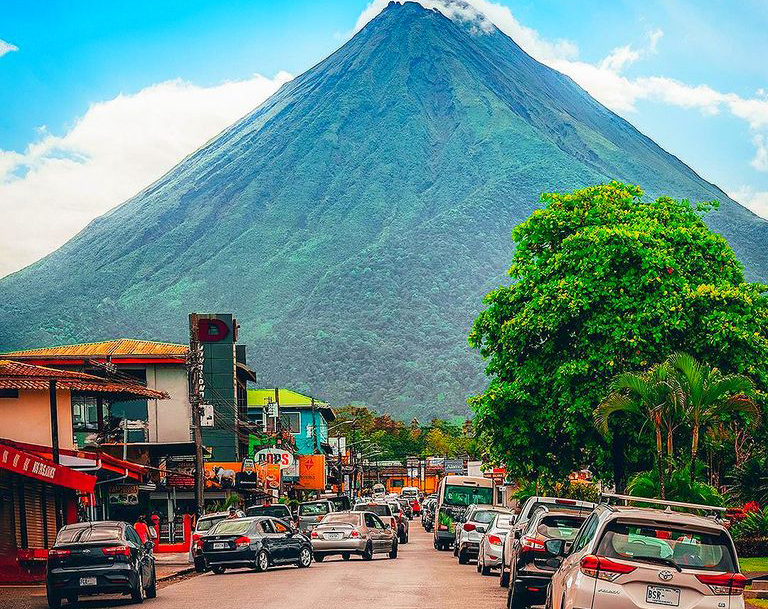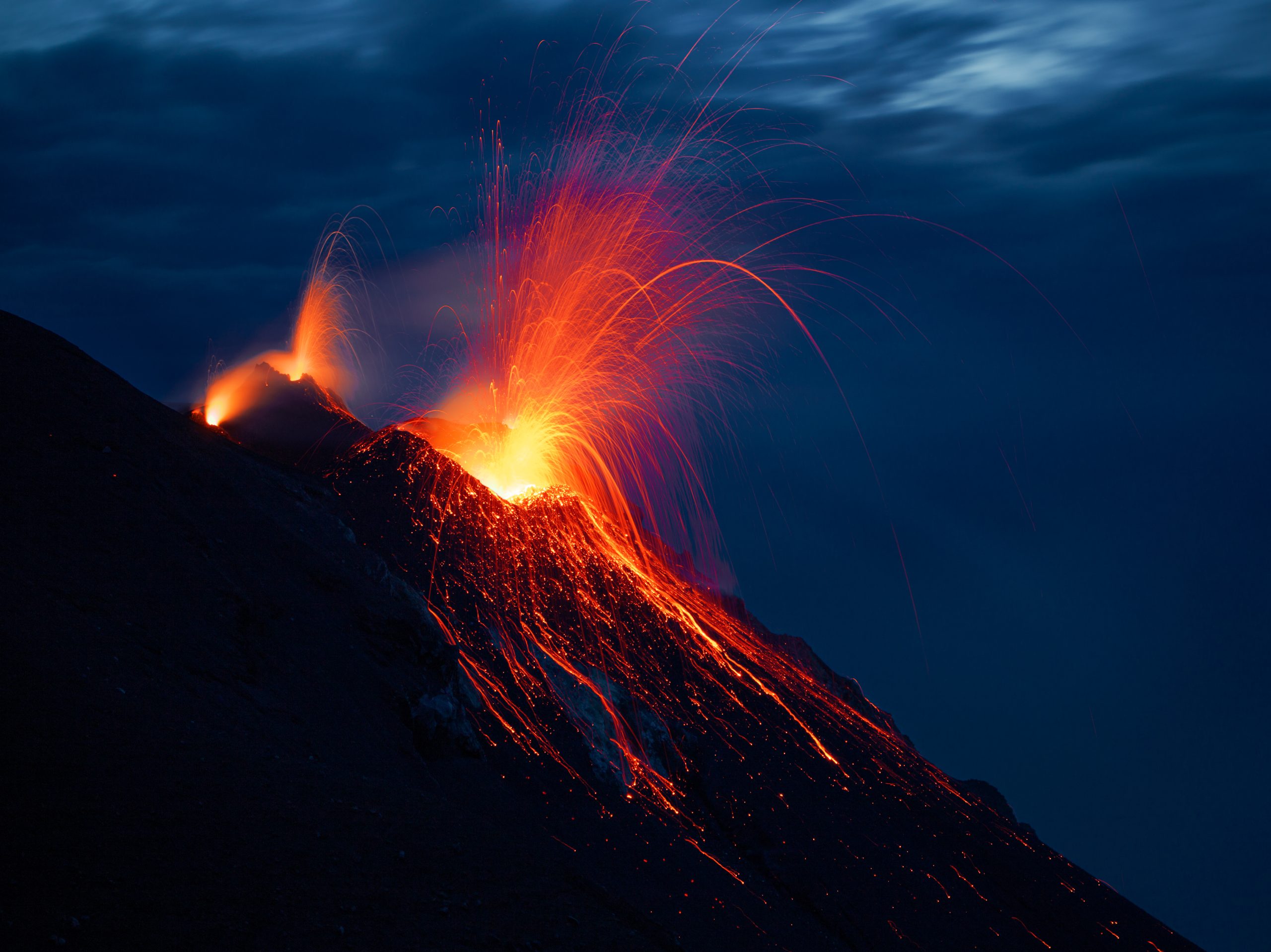Introduction
Visiting active volcanoes can be an exhilarating and awe-inspiring experience. The raw power and beauty of these natural wonders can leave you in awe, but it’s important to remember that they can also be dangerous. In this blog post, we will discuss some essential safety tips to keep in mind when exploring active volcanoes. By following these guidelines, you can ensure a safe and memorable adventure.
Understanding the Risks
Visiting an active volcano can be an exhilarating experience, but it is crucial to understand the risks involved. Volcanoes are unpredictable and can pose various hazards, including lava flows, ash clouds, toxic gases, and volcanic projectiles. By following these safety tips, you can ensure a safe and memorable visit to an active volcano.
Research and Preparation
Prior to your visit, conduct thorough research about the volcano you plan to explore. Understand its recent activity, eruption history, and any ongoing warnings or restrictions. Familiarize yourself with the local emergency procedures and evacuation routes. Additionally, pack essential safety gear such as sturdy hiking boots, protective clothing, a first aid kit, and a helmet.
Seek Professional Guidance

It is highly recommended to hire a professional guide who is experienced in volcano tours. They possess valuable knowledge about the area, potential risks, and can provide guidance on safe routes and viewing points. A knowledgeable guide can enhance your experience while ensuring your safety throughout the journey.
Stay Informed
Monitor the volcano’s activity and stay updated with the latest information from local authorities and volcanic monitoring agencies. Subscribe to alerts and notifications to receive real-time updates about any changes in volcanic activity or safety recommendations. This will help you make informed decisions and adjust your plans accordingly.
Respect Safety Zones
Active volcanoes often have designated safety zones that restrict access to certain areas. These zones are established to protect visitors from potential hazards. Always respect these boundaries and follow any instructions or warnings provided by authorities. Venturing into restricted areas can be extremely dangerous and may result in serious injury or even death.
Be Prepared for Weather Changes
Weather conditions around volcanoes can change rapidly, affecting visibility and safety. Carry appropriate clothing layers to protect yourself from extreme temperatures, strong winds, and potential rainfall. Be prepared for sudden weather changes and adjust your plans accordingly to ensure your safety and comfort.
Summary
Visiting active volcanoes requires careful planning and adherence to safety precautions. This blog post provides valuable tips to ensure your safety during such expeditions. By understanding the potential risks, being prepared with the right equipment, and staying informed about the volcano’s activity, you can enjoy a thrilling experience this link while minimizing the dangers. Remember, safety should always be your top priority when venturing into the unpredictable world of active volcanoes.
- Q: What should I wear when visiting an active volcano?
- A: It is recommended to wear sturdy, closed-toe shoes, long pants, and a long-sleeved shirt to protect yourself from potential hazards such as sharp rocks, hot ash, and toxic gases.
- Q: Can I touch the lava?
- A: No, it is extremely dangerous to touch lava. Lava can reach temperatures of over 1,000 degrees Celsius (1,800 degrees Fahrenheit) and can cause severe burns or even death upon contact.
- Q: Are there any specific areas I should avoid?
- A: Yes, it is important to follow the guidance of park rangers or local authorities and stay within designated safe zones. Avoid areas with signs of instability, such as cracks or steaming ground, as they can indicate potential eruption hazards.
- Q: What should I do if there is an eruption?
- A: If there is an eruption, seek higher ground or move perpendicular to the direction of the lava flow. Stay away from low-lying areas, as they can be prone to pyroclastic flows, fast-moving currents of hot gas and volcanic matter.
- Q: Can I breathe near an active volcano?
- A: Volcanic gases can be hazardous to your health. It is important to avoid inhaling toxic gases such as sulfur dioxide. If you experience difficulty breathing or eye irritation, move to an area with better air quality and seek medical attention if necessary.

Hello wanderers, adventurers, and lovers of the great outdoors! I’m Anthony Coughlan, the heart and soul behind TerraWonders. If you’ve found your way here, it’s probably because you, like me, have an undying passion for travel, a penchant for luxury camping, or an affinity for embracing nature without compromising on comfort.

